We speak a lot about the importance of images in Facebook ads, but the success of your ads is dependent on more than just your image and copy.
Who you show your ad to is immensely important too and will determine whether or not you’ll see conversions.
I hear a lot of you say “Facebook Ads don’t work for me” or “I spent $100 on Facebook ads and didn’t get any sales” or “I boosted a few posts, but all I got was a few likes”.
You may have heard me speak of aligning your Facebook ads goals to the objectives available in Facebook. This is super important, because you can’t expect sales if your advertising campaign isn’t optimized for it.
On top of that, you can’t expect sales if you’re advertising to the wrong crowd.
You see, there are a lot of components that need to be aligned before you’ll see results (aka sales) from Facebook ads.
In this post I want to go deeper into the different types of Facebook ads audiences and how you can make sure to get the best results possible from your ads and audiences.
1) COLD AUDIENCE
A cold audience consists of people who have never heard of you before and have never had any contact with your brand. They don’t know what you provide, they don’t know what you do, and most of the time they will be a bit more hesitant in seeking more information from you. They are ‘cold’ which means that they have to learn to trust you first.
Advertising Tactic: The aim is to invite them to visit your website or subscribe to your email list
Method: This audience type is one you have to do a bit of research for and know what your ideal client loves, where they live, what their demographics are etc. You’ll want to research characteristics such as:
- Specific geographic regions (even within certain kilometres of certain post codes)
- Demographic information like age and gender
- Interests (e.g. a particular sport or hobby)
- Life Events (e.g. becoming parents)
- People who follow a particular page (Note: this only works for those that Facebook has indexed so they must be popular, but there is never a guarantee a large page is indexed)
A great example of this is for a recent client of mine who’s target audience is crystal healers. She targeted Earth Family Crystals because she knows that crystal healers are likely to be following or interested in a large crystal shop such as Earth Family Crystals.
Targeting fans of pages that are aligned with your audience is a great way to leverage other audiences.
Another method is to create a “Lookalike Audience”. A lookalike audience is an audience that Facebook finds based on certain criteria that you enter, for example you can create a lookalike audience of people who already like your Facebook page. The way a lookalike audience works is that Facebook will look at the characteristics of your Facebook fan base and find more people with those characteristics. Clever, right?!
Strategy: A big mistake that I see businesses make is that they try to persuade people who have never even heard of them into a sale. This is the equivalent of approaching a stranger on the street and saying ‘buy my product, it’s great’! What do you expect will happen?
Taking this approach on Facebook will firstly drive up the price of your ads because the amount of your target audience who will actually click through isn’t that high compared to other types. Secondly, people are more likely going to ignore your ads because they have no relationship with your brand yet, which means they don’t know it and if they don’t know it they are more likely to be untrusting.
The only time I have seen sales ads to a cold audience work is if you have a product that doesn’t need much buying consideration. Often this is a low priced product and the buyer doesn’t feel the need to build a relationship with your brand.
The proven strategy for a cold audience is to offer something for free or at a very, very low price that captures their interest and directs them to your website. The aim here is to get them either over to your website or onto your email list. My prefered method is to direct them to a mailing list because sending them to a website can often cause overwhelm and inaction, whereas on your mailing list you get time and a chance to nurture them.
There are a few proven ways to encourage someone to leave Facebook to visit your website or subscribe to your mailing list:
- Showcasing an amazing blog post or video that you have up on your site, so you send your traffic to one page only to take one action only. In this case the action is to consume the content on your blog or video.
- Inviting the audience to subscribe to your opt-in freebie such as a checklist or factsheet or email course.
- Inviting the audience to attend a special event such as a webinar or video series for an upcoming launch.
Copy: As an ads strategist I spend my days creating images and writing copy and there are a few things that I have seen that work and some that don’t. I recommend that you create two variations of everything. This means that you have two variations of copy, one is a long form ad and one a short form with less than 200 words. The aim is to test whether the short form or long form copy works for your audience.
A tip for your ads images is to use colours that contrast Facebook’s blue, so think of strong colours such as red, orange, yellow, pink etc.
Don’t forget to include a strong call to action and a link to where you want people to go.
Check out this blog post to learn more about the anatomy of a Facebook image ad.
2) WARM AUDIENCE – NOT ON YOUR LIST (YET)
These are people who have visited your website or are following your Facebook page but are not on your email list (yet).
Advertising Tactic: The aim is to turn fans into subscribers and get them onto your email list.
Method: Before we get started, I want to direct you back to some of my previous posts where I speak about the Facebook ads pixel. This is where having your pixel installed becomes crucial.
The warm audience can be reached using your Facebook pixel, provided that you have it installed.
Having your pixel installed means that anytime someone goes to your webpage, if they’re logged into Facebook at the same time, Facebook will track that. In the future you can use this to create an ad re-targeting people who visited your website in the last 30 days, 60 days, 180 days.
These are people that have identified themselves as curious about your offerings.
Strategy: The aim is to convert fans into subscribers, for which the proven method is to advertise a free offer. You can promote your email opt-in freebie or a special event like a webinar or a workshop or a challenge. Even though this audience is somewhat ‘warm’, don’t make the mistake of putting a sales offer in front of them as they need much more familiarity and trust with your brand.
Copy: Because this audience has somewhat of a familiarity with your brand you can start putting some of your brand elements into your ad images. For example, if you’re a service-based business, include a photo of yourself. Again, create multiple lengths of copy to test what works best for your audience.
3) WARM AUDIENCE – PRODUCT SPECIFIC
This audience consists of people who have visited a specific product or sales page on your website but they didn’t buy or take another action. You’ll see this type of audience regularly in e-commerce.
Advertising Tactic: The aim is to invite them back and persuade them to purchase the item they were looking at.
Method: For this you will need to get slightly more elaborate with your pixel installation. This type of audience and targeting requires two pixels, namely the “ViewContent” event pixel that tracks who has viewed the page and the “Purchase” event pixel that tracks the completion of a purchase.
Having these two pixels installed means you can create a custom audience of those who viewed a specific product but didn’t make the purchase.
Strategy: The ad you create for this type of audience is very specific as you are directly reminding them of the product or service they just viewed. You may have noticed these type of ads in the past when you go to some big online store and you look at a certain dress, and minutes later that dress is following you on Facebook. That is called re-targeting and you can do the same.
4) WARM AUDIENCE – ON YOUR LIST
This audience consists of people who are on your email list but have not purchased yet.
Advertising Tactic: The aim is to convert your subscribers into buyers.
Method: Facebook offers ways to integrate and import your subscriber list into their ads platform. There is an option to import directly from your MailChimp account or you can export a CSV file and then upload it as a Custom Audience.
Facebook will only use the email addresses that it recognises, for example if someone has signed up to your list using a different email address than the one they use for their Facebook account it means that Facebook doesn’t recognise it. You won’t get every single person on your list onto your custom audience list, but you should be able to get a good proportion.
Strategy: Because these are people that are on your list and have willingly given you their email address, you may assume that they are interested in what you offer. The strategy to use with a warm audience is one of converting your subscribers to buyers so you can be more direct in your sales promotion, provided you have nurtured them for some time through email nurturing sequences.
A warm audience is a great audience to start promoting your entry level products, but there is no rules for what the sequence of your offering should be.
Even though I recommend making the offer to them in an email directly, using this type of advertising reinforces your message and also may show your ad to people who didn’t open your email. Data shows that people have to see a message multiple times before they convert to buyers.
Copy: With this type of ad you can safely assume that your audience knows your brand and will recognise it. For that reason you can use your branding colours and elements in your ad images. You can start to use longer form copy, although I always recommend testing it against short form copy. If you use longer form copy, I suggest using dot points about the benefits of the offer and what they will gain, or lose by purchasing.
5) HOT AUDIENCE
In marketing terms we classify a hot audience as those who have already purchased from you.
We often forget that it is much easier to convert someone who has already purchased from us to buy from us again.
Advertising Tactic: The aim is to invite the customer to repurchases or purchase a higher end product or service.
Method: If you have been using the Facebook pixels you can set your ad up using the “Purchase” Pixel on your website, and target only those who have triggered the “Purchase” Pixel, or you can manually upload a CSV list of buyers.
Strategy: This method of advertising is proven to be really powerful especially if you sell activities that people frequently undertake or things they replace often. A chiropractor, for example, you may have to go every six weeks. Or you might sell something more consumable that needs replacing every 3 months, for example toilet paper (we purchase online from Who Gives a Crap). This strategy also works well for seasonal offers like fashion, or specific holidays such as Mother’s Day.
Another way you can use this is by advertising to people who purchased an entry level product. You can now advertise to them to invite them to purchase the next product up in your tiers.
Copy: With this type of ad you can assume that your audience knows your brand and will recognise it. For that reason you can use your branding colours and elements in your ad images. You can start to use longer form copy, although I always recommend testing it against short form copy.
Hopefully you can see how much there is to gain from using Facebook Ads in a way where you are targeting your audiences based on where they are at. People take a little time to warm up to us and to our brands, so it’s our duty to help them get to know us and guide them on their customer journey.
By doing so you will not only save a lot of money in potentially failed advertising but you can significantly increase your chances of making sales as you are re-targeting those who already have an interest in your business and offer.


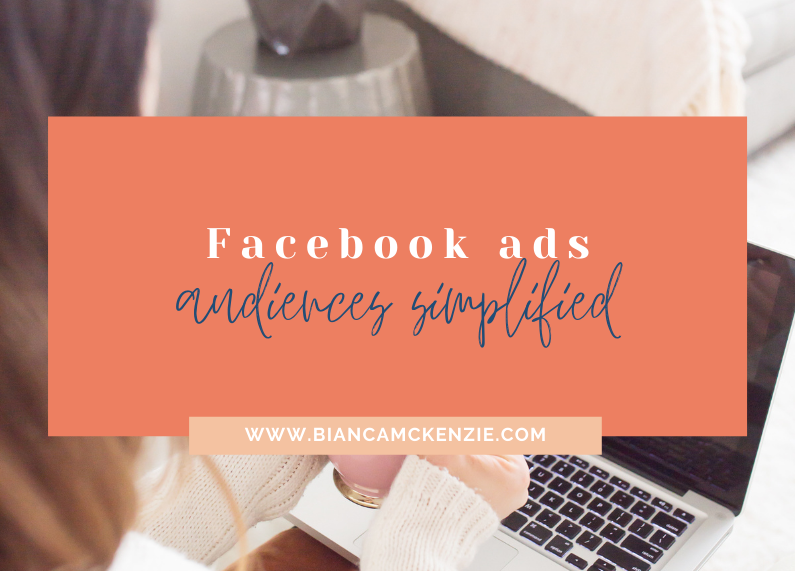
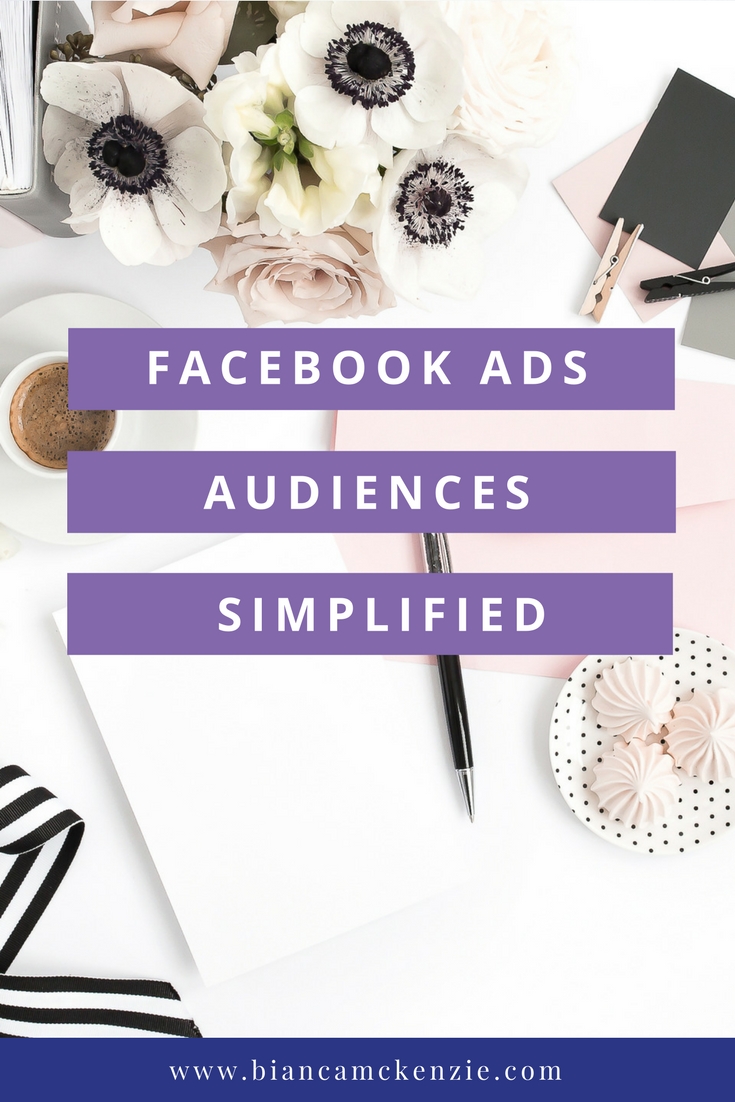


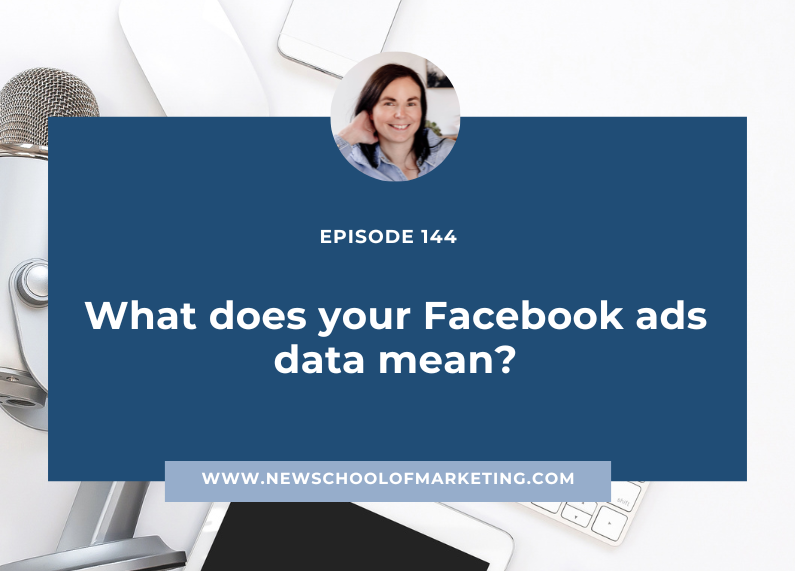
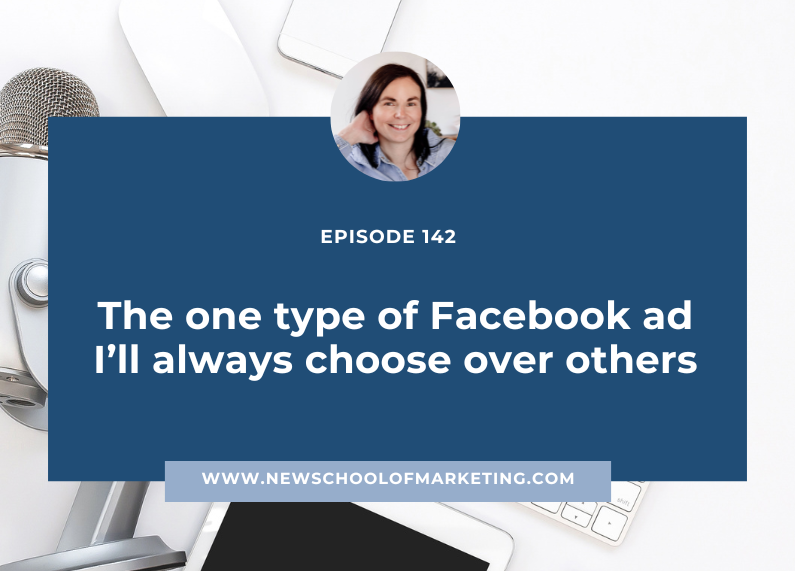
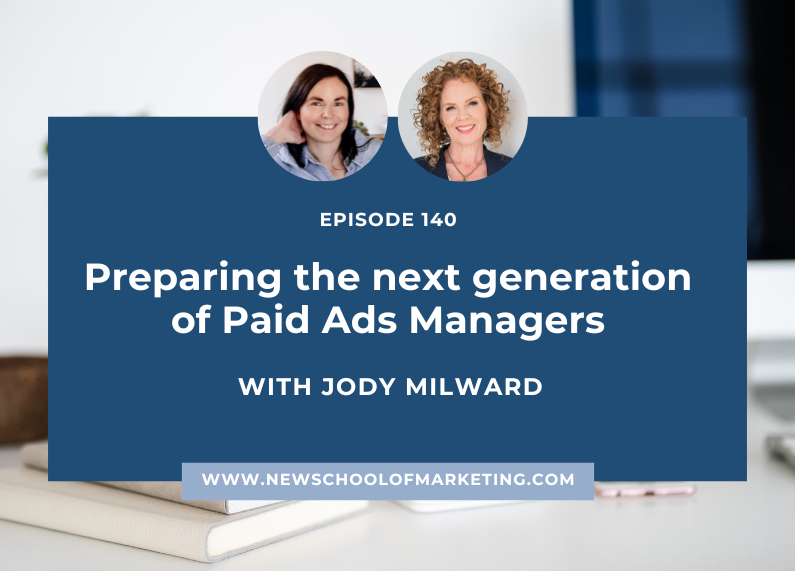
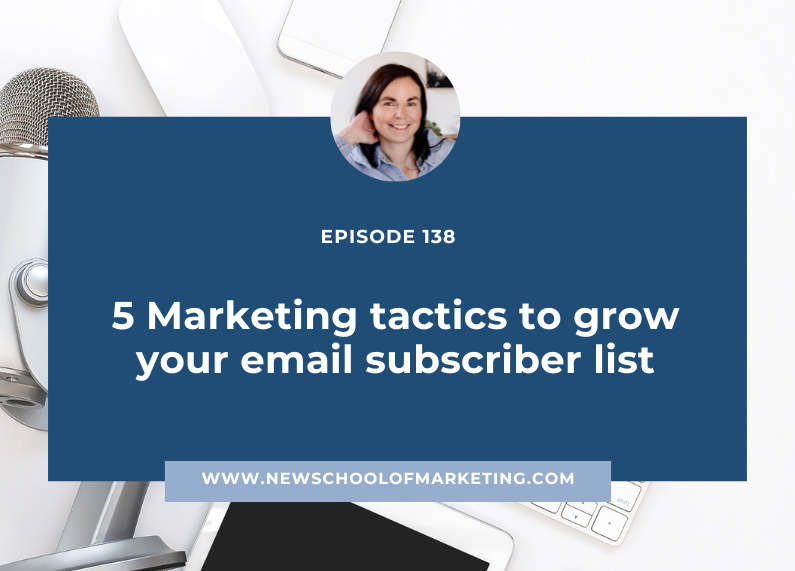
0 Comments